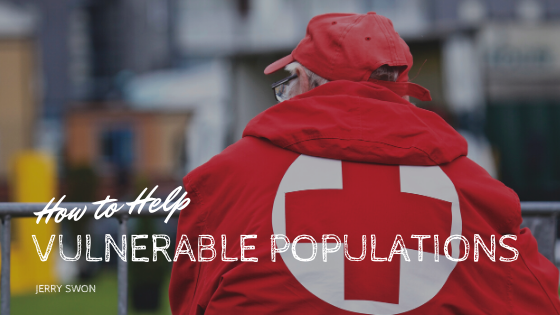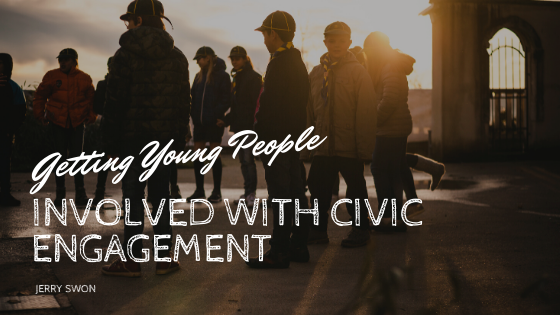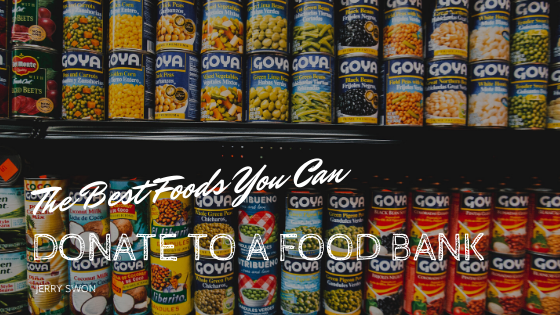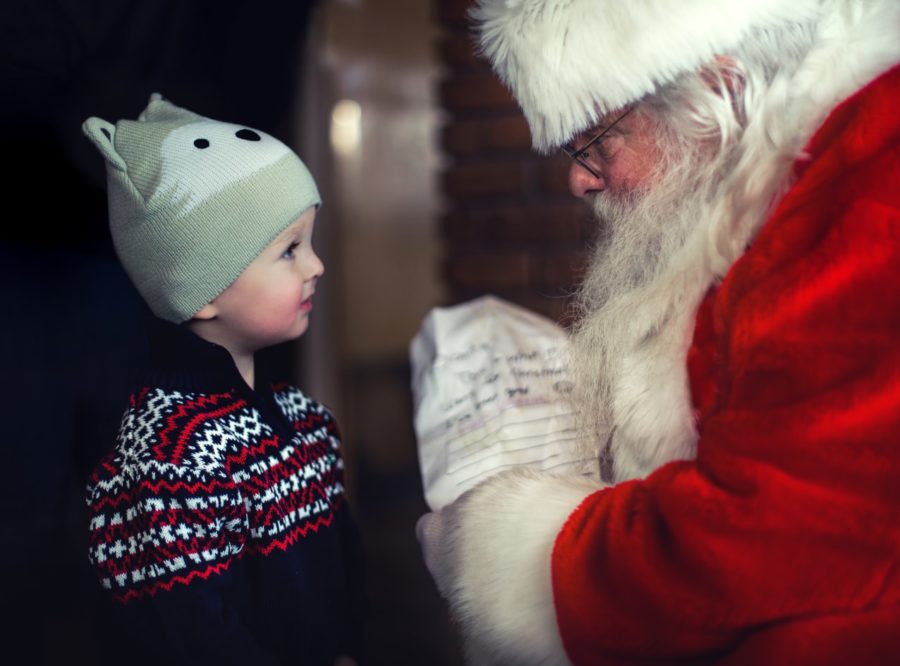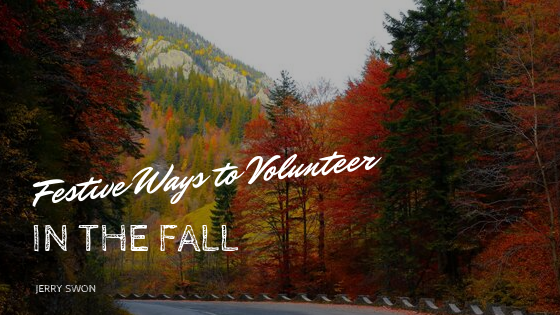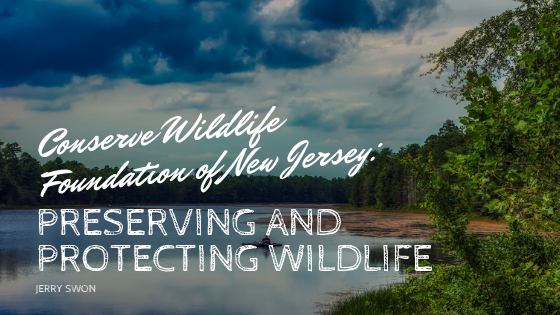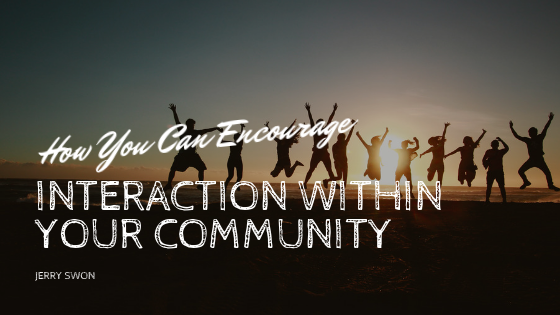The daily headlines are discouraging. Yet, as in times past, Americans are rising up to the occasion by helping fellow citizens in need. However, more help is needed. In this era of social distancing, agencies who need volunteers are adjusting their donation protocols so that those who wish to volunteer can so.
If you would like to contribute to the COVID-19 response, below are five ways you can contribute today.
- Donate to United Way’s COVID-19 Community Response and Recovery Fund. It provides access to food, shelter and more to the most vulnerable Americans wherever they live. Your financial support goes directly to those efforts.
- Make a financial or in-kind donation to the Salvation Army. It provides food, shelter, childcare, and snacks to first responders, among other efforts. Specific instructions on how to donate can be found on their website.
- Ronald McDonald House Charities is accepting financial and in-kind donations that are specific to local and international chapters. Its mission is to support families with housing and meals who are away from home to be with their sick children. In the wake of COVID-19, they are also repurposing space to accommodate medical staff responding to this crisis.
- Meals on Wheels is in need of volunteers to deliver meals to senior citizens. They are also accepting financial gifts towards the cost of doing the same. If you’re interested, contact your local chapter. They need your help.
- The Red Cross is in dire need of volunteers. The agency is still accepting donations of blood, yet in very different ways amid COVID-19. They need help in many ways, so it is best to visit their website and find the perfect volunteer opportunity for you. They even have a need for virtual volunteers, which means you can help from home.
They are also requesting blood donations from survivors of COVID-19. Healthcare providers want to study the antibodies that helped them recover in the race towards a cure for other COVID-19 victims.
Despite the millions of Americans who have lost their jobs, there is still much work to be done, and people around the world need you. What has been shown in times past is that one of the most effective tools during a time of crisis is a helping hand.

